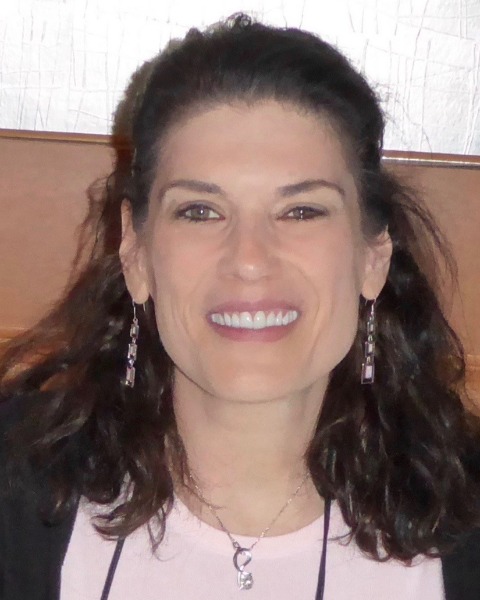Symposia
Transdiagnostic
1 - (SYM 56) Machine Learning and Bayesian Network Analyses Identifies Associations with Insomnia in a National Sample of 31,285 Treatment-seeking College Students
- AC
Adam Calderon, B.S., M.A.
The Pennsylvania State University
University Park, Pennsylvania, United States - SB
Seung Yeon Baik, M.S. (she/her/hers)
Doctoral Student
The Pennsylvania State University
University Park, Pennsylvania, United States - MN
Matthew Ng, B.S.
Research Assistant
Nanyang Technological University
Singapore, Singapore - EF
Ellen Fitzsimmons-Craft, Ph.D. (she/her/hers)
Associate Professor of Psychiatry
Washington University School of Medicine
St. Louis, Missouri, United States - DE
Daniel Eisenberg, Ph.D.
Professor
University of California, Los Angeles
Los Angeles, California, United States - DW
Denise Wilfley, Ph.D.
Professor
Washington University School Of Medicine in St. Louis
St. Louis, Missouri, United States - CT
C Barr Taylor, M.D.
Professor of Psychiatry (Emeritus)
Stanford University School of Medicine
Stanford, California, United States 
Michelle G. Newman, B.S., M.A., Ph.D. (she/her/hers)
Professor
The Pennsylvania State University
State College, Pennsylvania, United States
Speaker(s)
Co-author(s)
Background: A better understanding of the structure of relations among insomnia and anxiety, mood, eating, and alcohol-use disorders is needed, given its prevalence among young adults. Supervised machine learning provides the ability to evaluate the discriminative accuracy of psychiatric disorders associated with insomnia. Combined with Bayesian network analysis, the directionality between symptoms and their associations may be illuminated.
Methods: The current exploratory analyses utilized a national sample of college students across 26 U.S. colleges and universities collected during population-level screening before entering a randomized controlled trial. Firstly, an elastic net regularization model was trained to predict, via repeated 10-fold cross-validation, which psychiatric disorders were associated with insomnia severity. Seven disorders were included: major depressive disorder, generalized anxiety disorder, social anxiety disorder, panic disorder, post-traumatic stress disorder, anorexia nervosa, and alcohol use disorder. Secondly, using a Bayesian network approach, completed partially directed acyclic graphs (CPDAG) built on training and holdout samples were computed via a Bayesian hill-climbing algorithm to determine symptom-level interactions of disorders most associated with insomnia [based on SHAP (SHapley Additive exPlanations) values)] and were evaluated for stability across networks.
Results: Of 31,285 participants, 20,597 were women (65.8%); mean (standard deviation) age was 22.96 (4.52) years. The elastic net model demonstrated clinical significance in predicting insomnia severity in the training sample [R2 = .449 (.016); RMSE = 5.00 [.081]), with comparable performance in accounting for variance explained in the holdout sample [R2 = .33; RMSE = 5.47). SHAP indicated the presence of any psychiatric disorder was associated with higher insomnia severity, with major depressive disorder demonstrated to be the most associated disorder. CPDAGs showed excellent fit in the holdout sample and suggested that depressed mood, fatigue, and self-esteem were the most important depression symptoms that presupposed insomnia.
Conclusion: These findings offer insights into associations between psychiatric disorders and insomnia among college students and encourage future investigation into the potential direction of causality between insomnia and major depressive disorder.

.png)
